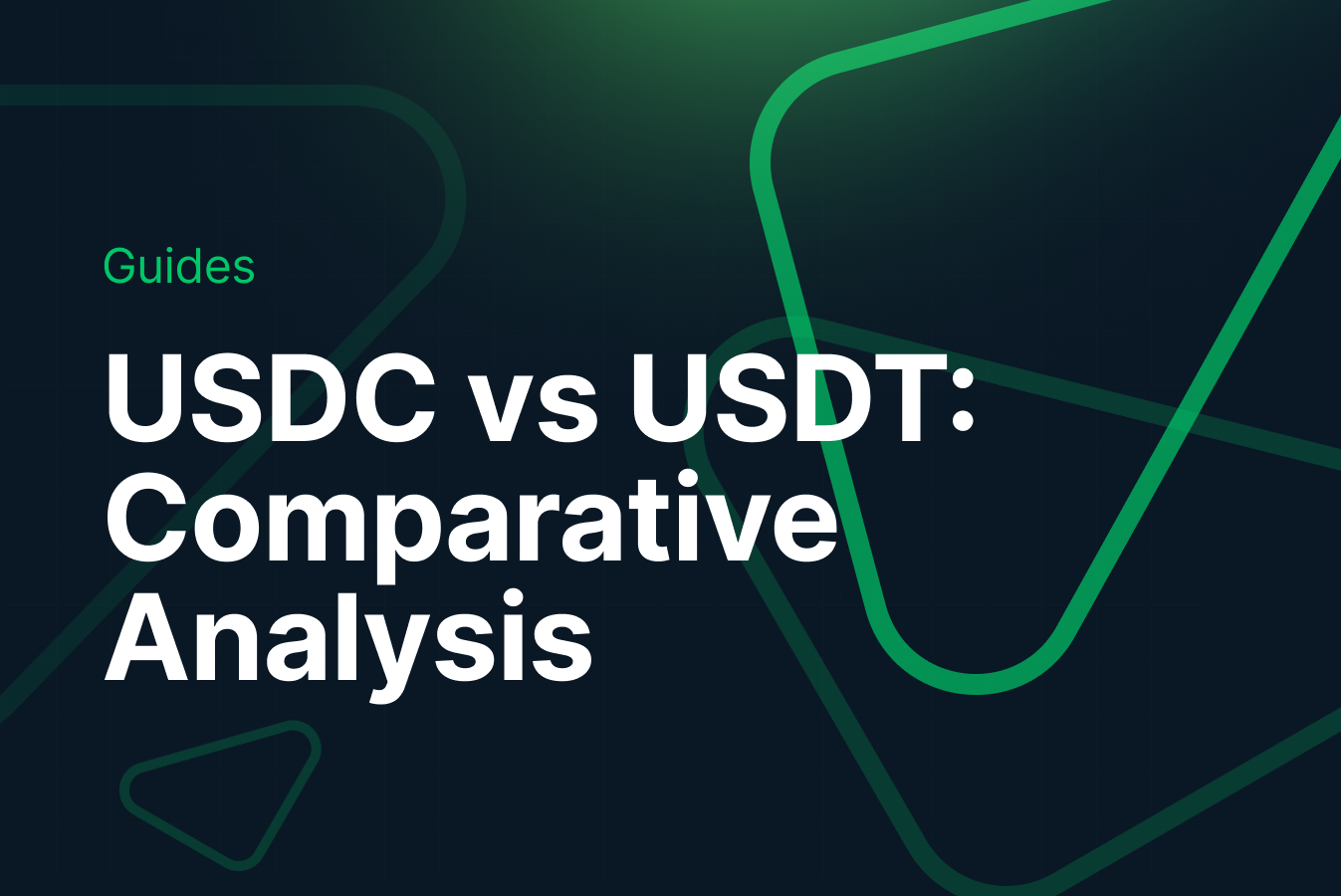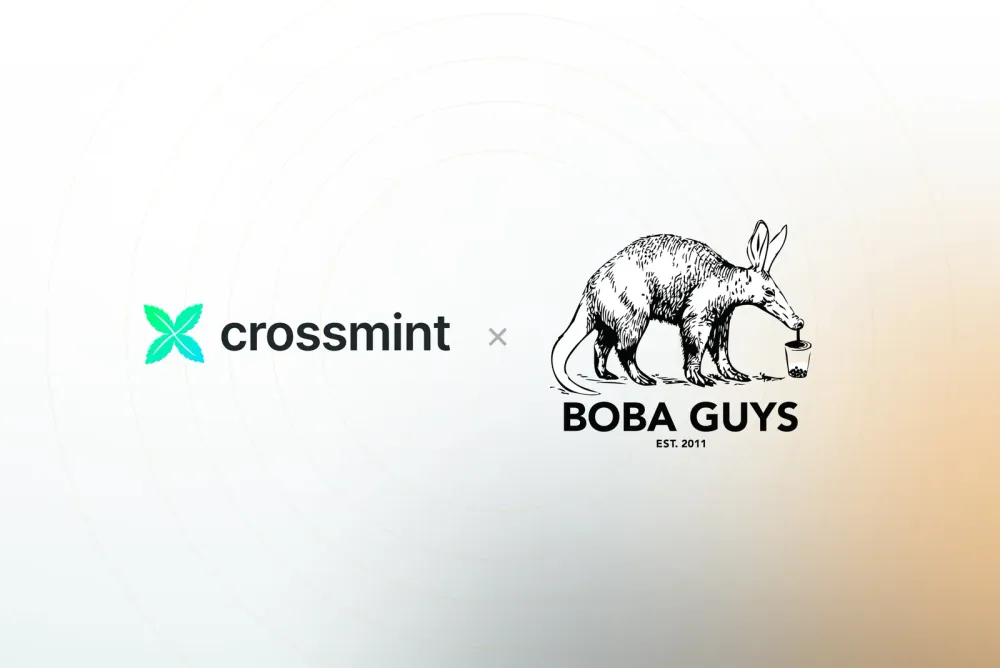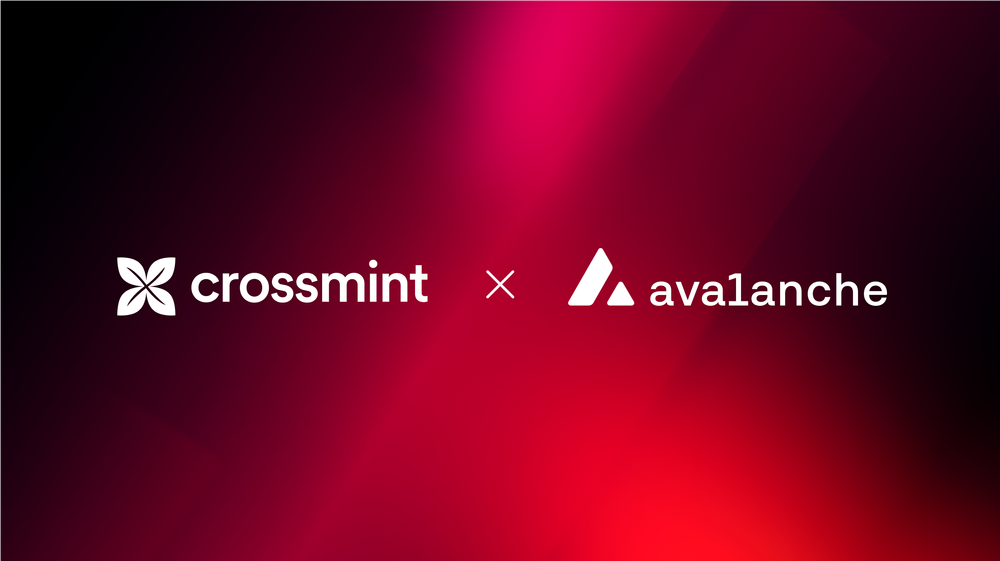This post delves deep into a comparative analysis of two major stablecoins, USDC and USDT, examining their backgrounds, financial indicators, key features, and market positions. By the end of this guide, you'll have a comprehensive understanding of these stablecoins, their role in the cryptocurrency market, and their potential applications in modern finance.
What is a stablecoin?
Stablecoins are cryptocurrencies designed to offer security, speed, and global reach, while maintaining stable value. Unlike traditional cryptocurrencies, stablecoins are pegged to stable assets like the U.S. dollar.
There are multiple types of stablecoins. The main ones are:
- Fiat-Collateralized
- Backed by: Fiat currencies.
- Example: USDC, USDT.
- Crypto-Collateralized
- Backed by: Other cryptocurrencies.
- Example: DAI.
- Commodity-Collateralized
- Backed by: Commodities like gold.
- Example: PAX Gold.
- Algorithmic
- Mechanism: Algorithms manage stability.
- Example: TerraUSD.
Stablecoins by market cap as of November 29th, 2023
Source: Coinmarketcap
What is USDC?
USDC (USD Coin) is a fiat-collateralized stablecoin, offering a digital representation of the U.S. dollar on the blockchain. Launched on October 23, 2018, and founded on the Ethereum blockchain, USDC stands out for its robust stability mechanism, pegged tightly to the U.S. dollar and backed by fiat reserves. Here are its key benefits:
- Trust and Stability: USDC is backed by reputable entities in the cryptocurrency space, providing a high level of trust and stability. The peg to the U.S. dollar and the backing by fiat reserves ensure its value remains stable.
- Transparency and Compliance: Regular audits and compliance with U.S. financial regulations contribute to its transparency, making USDC a reliable choice for users and investors.
- Wide Acceptance and Utility: Being an ERC-20 token, USDC enjoys widespread acceptance across various platforms and services in the crypto ecosystem, enhancing its utility for transactions, trading, and decentralized finance (DeFi) applications.
- Non-Custodial Wallet Support: USDC is compatible with a range of non-custodial wallets, providing users with flexibility and control over their funds.
Summary:
- Background
- Launch Date: October 23, 2018.
- Blockchain Foundation: Ethereum blockchain, ERC-20 compatible.
- Stability Mechanism: Pegged to the U.S. dollar, backed by fiat reserves.
- Financial Indicators
- Market Capitalization: $24.43 billion.
- Circulating Supply: 24.43 billion coins.
- Key Features
- Fungibility and Tokenization: ERC-20 token.
- Non-Custodial Wallet Support: Compatible with various wallets.
Source: Circle
What is USDT?
USDT (Tether), launched in January 2015, is one of the first and most widely used stablecoins in the cryptocurrency market. It claims to be 100% backed by fiat currencies, offering users a stable digital currency pegged to the U.S. dollar. Key benefits of USDT include:
- Market Dominance and Liquidity: USDT boasts a high market capitalization and liquidity, making it one of the most traded cryptocurrencies in the world. This liquidity is crucial for traders and investors looking for stability and ease in trading and transactions.
- Broad Accessibility: Tether operates on multiple blockchains, including Bitcoin (via the Omni Layer), Ethereum, EOS, and others, increasing its accessibility and usage across different cryptocurrency platforms.
- Utility in Trading: USDT is commonly used as a stable intermediary in trading pairs on various cryptocurrency exchanges, facilitating easier and more stable trading.
- Efforts Towards Transparency: In response to past controversies, Tether has made efforts to improve transparency and trust among its users, though it still faces scrutiny in this area.
Summary:
- Background
- Launch Date: January 2015.
- Blockchain Framework: Blockchain-based, claims 100% fiat backing.
- Stability Mechanism: Pegged to the U.S. dollar.
- Financial Indicators
- Market Capitalization: $89.29 billion.
- Circulating Supply: 89.28 billion coins.
- Key Features
- Redemption and Restrictions: Restricted redemption for U.S. citizens.
- Transparency and Security: Efforts to improve transparency.
USDC vs USDT: Comparative Analysis
- Origins and Development: USDC backed by reputable entities, USDT complex history.
- Market Position: USDT higher market cap, USDC gaining traction.
- Trust and Transparency: USDC perceived as more reliable.
- Usage in Tokenization: Both key in fiat currency tokenization.
- Non-Custodial Wallet Compatibility: Both support non-custodial wallets.
Both USDC and USDT serve pivotal roles in bridging the gap between traditional fiat currencies and the digital currency market, each with their unique strengths and areas of focus.
Frequently Asked Questions about Stablecoins
Q1: What is a stablecoin?
A1: Cryptocurrency designed to have stable value, pegged to fiat currency.
Q2: How do stablecoins maintain stability?
A2: Through asset reserves like fiat currencies.
Q3: Are stablecoins safe?
A3: Less volatile, safety depends on issuer transparency.
Q4: Can stablecoins be used for transactions?
A4: Yes, suitable for regular commerce.
Q5: Differences between USDC and USDT?
A5: Differences in issuance, backing, transparency.
Q6: Stablecoins in the cryptocurrency market?
A6: Bridge between fiat currency and crypto markets.
Q7: Can stablecoins be stored in non-custodial wallets?
A7: Yes, compatible with non-custodial wallets.
Q8: Are stablecoins legal tender?
A8: Not legal tender; status varies by jurisdiction.








